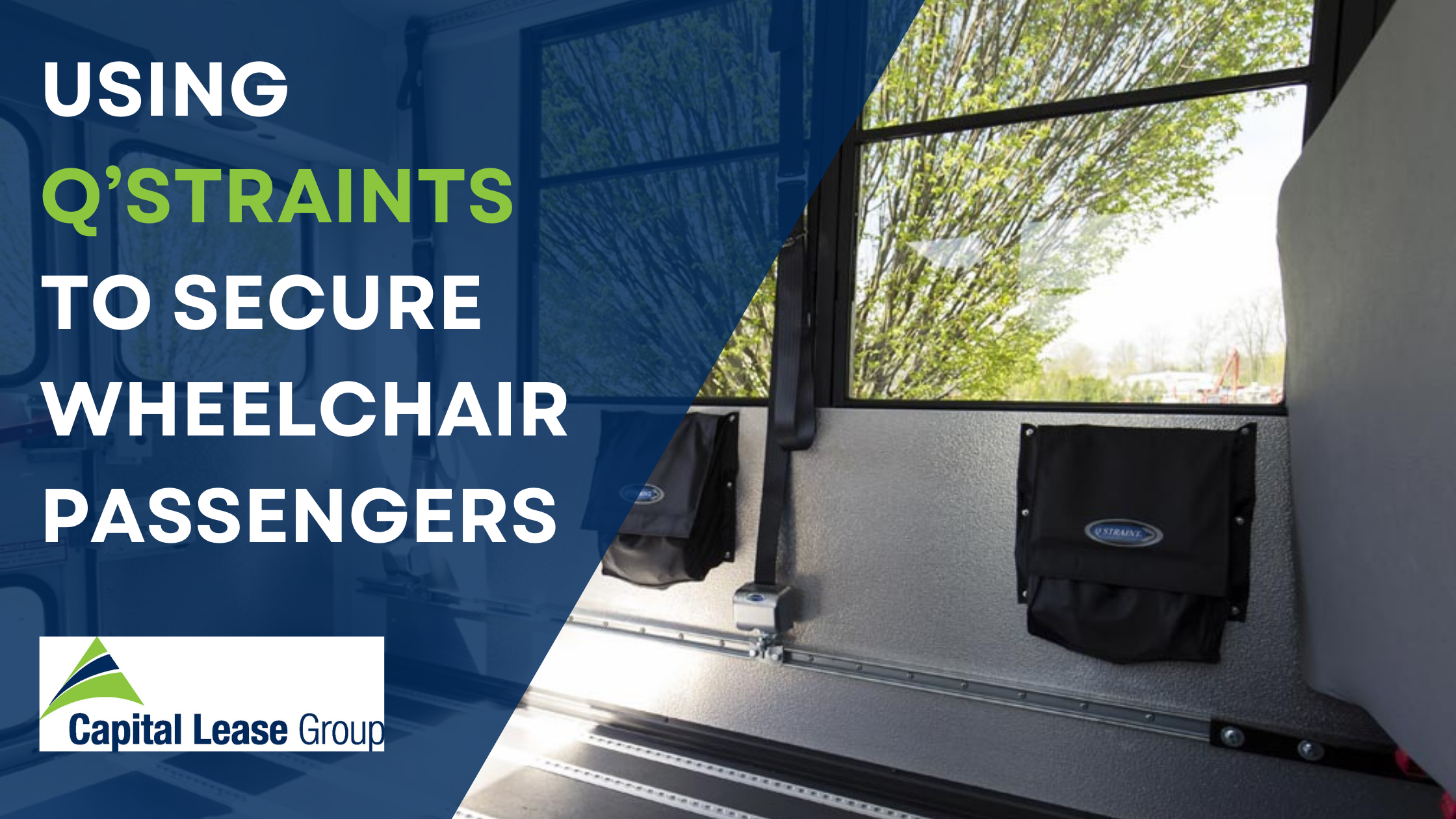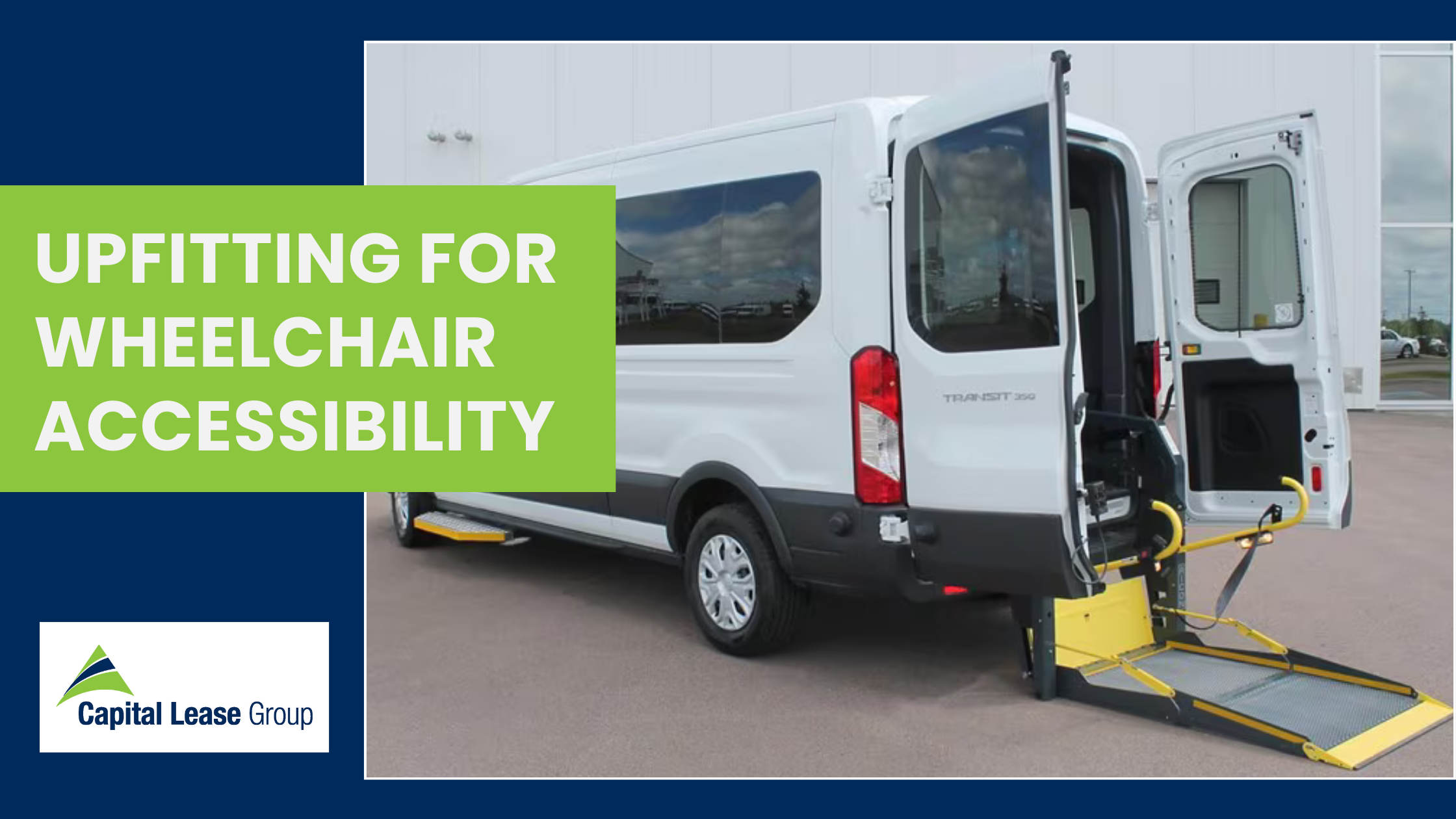By now, everyone in the world (and not just those familiar with the automotive industry) are familiar with the concepts of self-driving cars and with ridesharing services like Uber. Things are about to get far more complicated, though, as these two ideas are beginning to collide to form a new market known as Cars-as-a-Service (CaaS).
Understanding CaaS: What It Is and How It Works
The good news about CaaS is that it shouldn’t be all that difficult to wrap your head around because it’s precisely what it sounds like: a ridesharing platform that utilizes autonomous vehicles. This is a concept geared particularly toward urban communities where drivers licenses are uncommon, and so other means of transportation are necessary.
Ordering a ride through CaaS will be almost exactly like ordering and Uber or a Lyft with one important difference: there will be no driver. Users can utilize an app on their smartphone, input their location and their destination, then an autonomous vehicle will arrive to transport them.
This Service Will Arrive Sooner Than Later
First came taxis, then came rideshare services, now CaaS will arrive to supplant the current favorite form of public automotive transportation—but when? Estimates state that CaaS will likely begin rolling out before 2025, and there’s sound logic behind that hypothesis.
Google and Toyota have both sunk considerable resources into creating driverless cars, and many other brands have invested time and energy into developing autopilot functions which may eventually blossom into total autonomy. In any case, it’s fair to say that the automotive industry is on the precipice of exploding with an abundance of truly self-driving vehicles.
How Will CaaS Change The World of Car Buying?
Cars-as-a-Service will fundamentally alter life and transportation for those living in cities and those who utilize public transportation and rideshare services on a regular basis; for everyone else, it may not make much of a difference.
To break that statement down, it’s important to consider the intended function of CaaS: it’s designed to work in urban areas, travel relatively short distances, and serve basically the same function as any other rideshare vehicle. Someone living in a rural environment likely won’t have the option to utilize CaaS in the immediate future, so it probably won’t impact their buying habits for some time.
Businesses who own fleets of vehicles are likely to begin purchasing autonomous vehicles, and an entirely new sector of the automotive market may spring up. Where current rideshare platforms empower individuals to use their own vehicles and function as contractors, that element of the market will evaporate with CaaS, replaced by conglomerates.
Much of CaaS remains conceptual at this point, but there’s no doubt that this service will become very real sooner than many can even imagine. With so many elements of the automotive industry quickly updating and evolving, CaaS is just one more facet of a market that has been materially impacted by the digital era and the advancements of the last decade.




